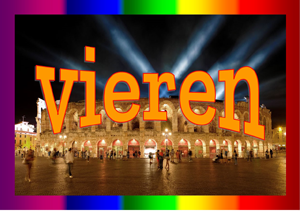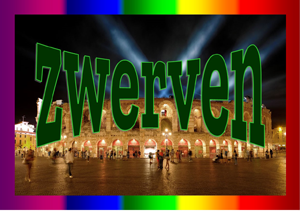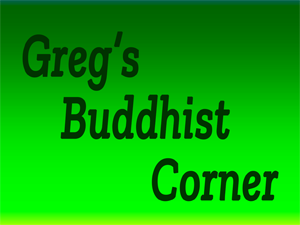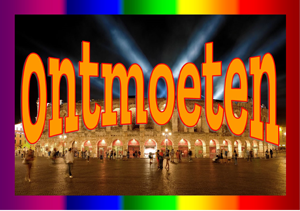Commemorating the Buddha’s First Teaching: The Four Noble Truths
By Greg Suffanti
QFWF, July 16 2018; August 4 2019; July 24 2020; July 14 2021; August 1, 2022; July 21 2023
Losar, Chötrul Düchen, Saka Dawa, Chokor Düchen, Lhabab Düchen
The Festival of Turning the Wheel of Dharma
Chokhor Düchen is one of four major or Düchen (great occasions) Buddhist holidays.
In Tibet, a chokhor is a prayer wheel. All four events mark special days chronicling the life of the historical Buddha Shakyamuni, who lived in India more than 2,500 years ago.
There are four major Tibetan Buddhist holy days in which events in the life of the Buddha are venerated:
-
- Chötrul Düchen, known as ‘the fifteen days of miracles’, starting from the first day of the Tibetan new year, called Losar, and culminating two weeks later with the festival of Chötrul Düchen.
- Saka Dawa, in which the birth, death, and enlightenment of Buddha Shakyamuni are celebrated.
- Chokor Düchen celebrates the Buddha’s ‘first turning of the wheel of Dharma’, in which he taught the Four Noble Truths, in Sarnath, India.
- Lhabab Düchen, which falls this year on November 15 2022, recollects Shakyamuni’s return to earth after visiting and teaching his mother in Tushita heaven.
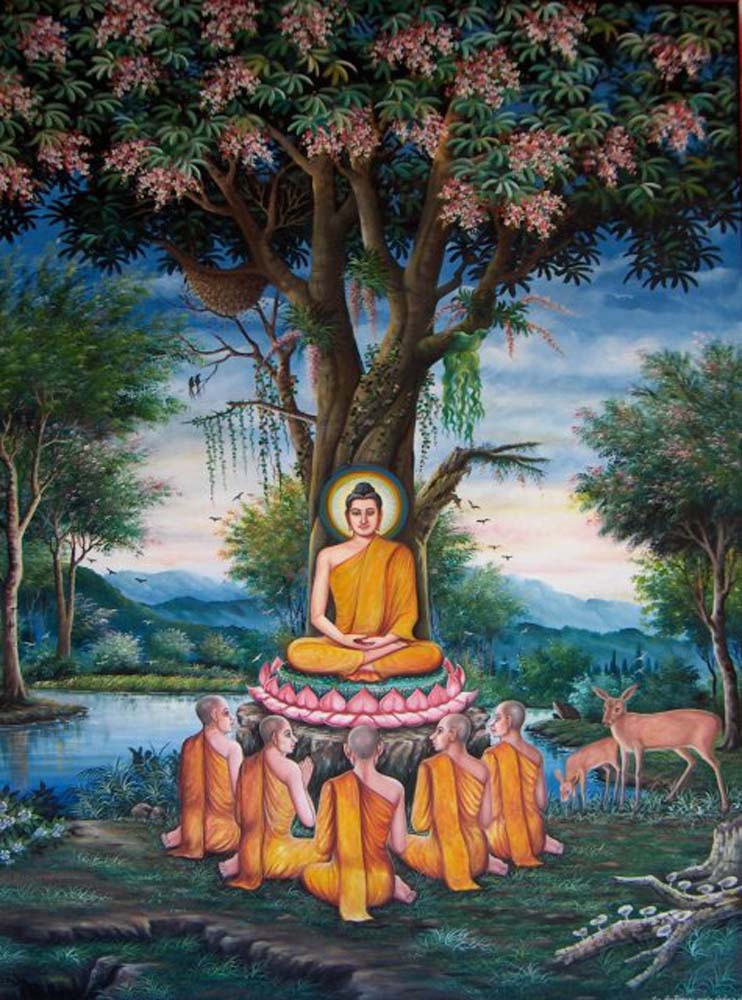
Traditionally, Chokhor Düchen is celebrated on the fourth day of the sixth Tibetan lunar month. This year, Chokhor Düchen takes place on the 18th of March.
“As a Buddha Multiplying Day, karmic results of actions are multiplied one hundred million times. This amazing result is sourced by Lama Zopa Rinpoche to the vinaya text, “Treasure of Quotations and Logic””[2].
Chokhor Düchen, also known as the Festival of Turning the Wheel of Dharma, commemorates the anniversary of Shakyamuni Buddha’s first teaching the Four Noble Truths to his closest five disciples at Deer Park in Sarnath, near Varanasi, India.
Varanasi is one of the oldest continuously inhabited cities in the world
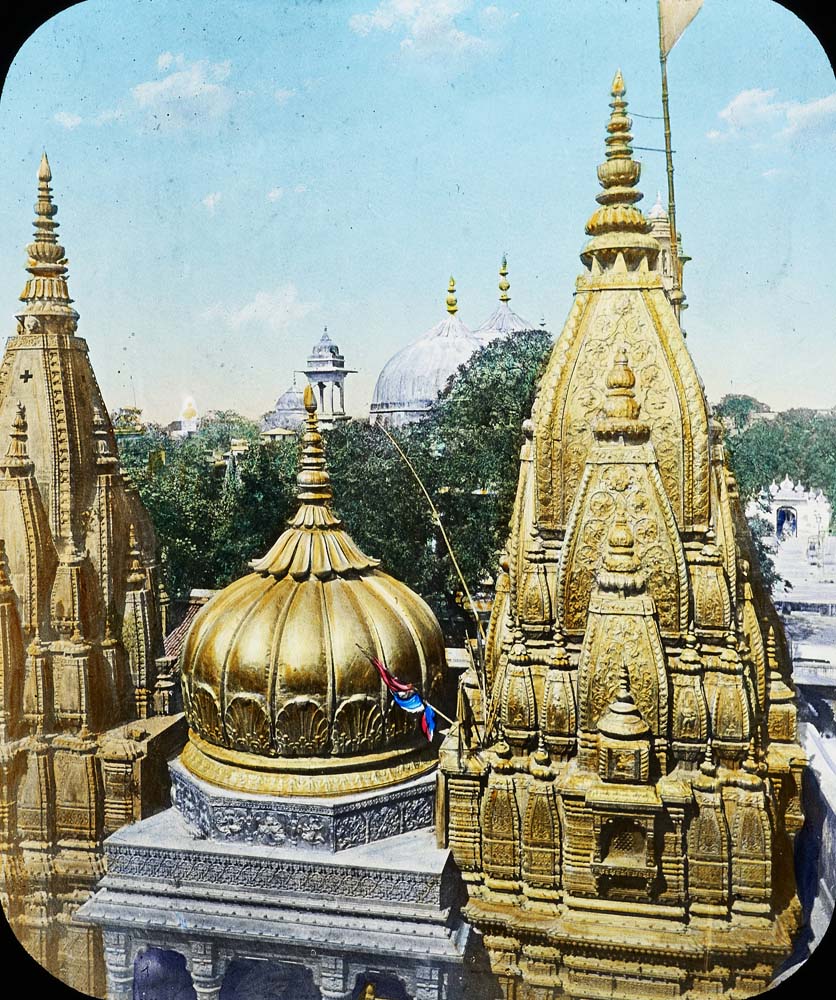
Varanasi’s history goes back more than three thousand years. This city in the northern state of Uttar Pradesh, is regarded as the spiritual capital of India.
It is one of the oldest continuously inhabited cities in the world.
In addition to being a significant Buddhist place of pilgrimage, Varanasi is home to more than 2,000 temples, including the “Golden Temple”, or Kashi Vishwanath, dedicated to the Hindu god Shiva.
Varanasi was the capital of the kingdom of Kashi during the time of Shakyamuni Buddha[4].
The Wheel of Transformation
“For seven weeks after his enlightenment, the Buddha did not teach. After this period, Indra and Brahma offered a dharmachakra and a conch shell and requested Shakyamuni to teach”[5].
What Shakyamuni taught is called the Dharma, and when he taught, it is called “the turning of the wheel”.
A dharmachakra, or Dharma wheel, is one of the oldest symbols in Buddhism. The Tibetan term for the wheel symbol is “chos kyi’khor lo”, which means “the wheel of transformation”[5].
Even before images of Shakyamuni Buddha appeared, images of the Dharma wheel were common in all Buddhist art. The dharmachakra symbolized not only the Buddha’s teachings, but the Buddha himself.
“On top of the pillars built by Emperor Ashoka (272-232 BCE), four carved lions and four wheels face the four directions to proclaim the Buddhist Dharma throughout India”[7].
Ashoka was a royal warrior turned Buddhist, who is widely credited with spreading Buddhism throughout his empire, which included present day Afghanistan in the west and Bangladesh in the east as well as most of the Indian subcontinent[8].
You miss the point if you don’t start with the Four Noble Truths
In modern times, the first teaching given by the Buddha, the Four Noble Truths, continues to form the basic foundation of all schools of Buddhism.
The Four Noble Truths are the very essence of all the Buddha’s teachings. Easy to understand, the Four Noble Truths are easy to pass by in the vast canon of Buddhist teachings, while the entire path to enlightenment is contained within a few words.
On the 12th of November 2017, at Maitreya Instituut in Loenen, the Netherlands, H.E. Song Rinpoche advised that Buddhists
“need to study the Four Noble Truths. These are not lower teachings. This is not a correct approach. You miss the point if you don’t start with the Four Noble Truths. We need to realize what our situation is. We don’t understand what suffering really is. We only understand the symptoms of the illness and not the illness itself.”
The Four Noble Truths
- The truth of suffering. (Sanskrit: Dukkha)
- The truth of the origin of suffering. (Samudaya)
- The truth of the cessation of suffering. (Nirodha)
- The truth of the path leading to the cessation of suffering. (Magga)
We need to understand the root cause of our illness
The truth of suffering
We can all easily identify things in our life which we would call suffering, from being really tired to being really sick.
To illustrate this point, there is the story of a woman coming to the Buddha after losing her only child.
The woman was in anguish after her child’s death and was inconsolable. The Buddha told her he would heal her pain if she could bring him a mustard seed from a household where there was no suffering. The story goes that the woman could find no such person, and that she eventually became a student of the Buddha, realized the universal suffering of others and then healed herself.
We can easily see the sufferings of illness and old age, but, from the Buddhist perspective, this is just the tip of the iceberg. We are driven by desire and even when we get what we desire we eventually become dissatisfied again. In fact, it is said that we’re never fully satisfied, except very briefly.
This dissatisfied, desirous state of mind is also considered suffering. Everything in this world is in a constant state of change, and nothing is dependable for any great length of time. As the saying goes, “today’s joy, tomorrow’s sorrow.”
Sometimes we are angry, sometimes jealous, and sometimes so attached to something or someone, that our actions are that of a lunatic. Now, this might sound quite depressing, but, like a doctor, we can diagnose our illness by understanding it, and eventually be able to treat and heal ourselves. We need to understand the root cause of our illness, our problems & sufferings, and this takes us to the second noble truth.
The problem is that we like our delusions
The truth of the origin of suffering
We feel nice when someone says something positive about us, and often think of those who criticize us as an enemy.
His Holiness the Dalai Lama is often citing his friend Aaron Beck, a scientist, who says that when we are angry, 90% of what we think and feel is hallucination. Our attachment and aversion to things means we are constantly labeling, “this is this, and that is that.”
But where is this permanently beautiful man or woman, or that forever perfect job or house? If people or objects were to provide lasting happiness, then obtaining your desires would mean permanent happiness. We all know that that is not the case.
As my own teacher, Ven. Kaye Miner, was so fond of reminding her students,
“the problem is that we like our delusions.”
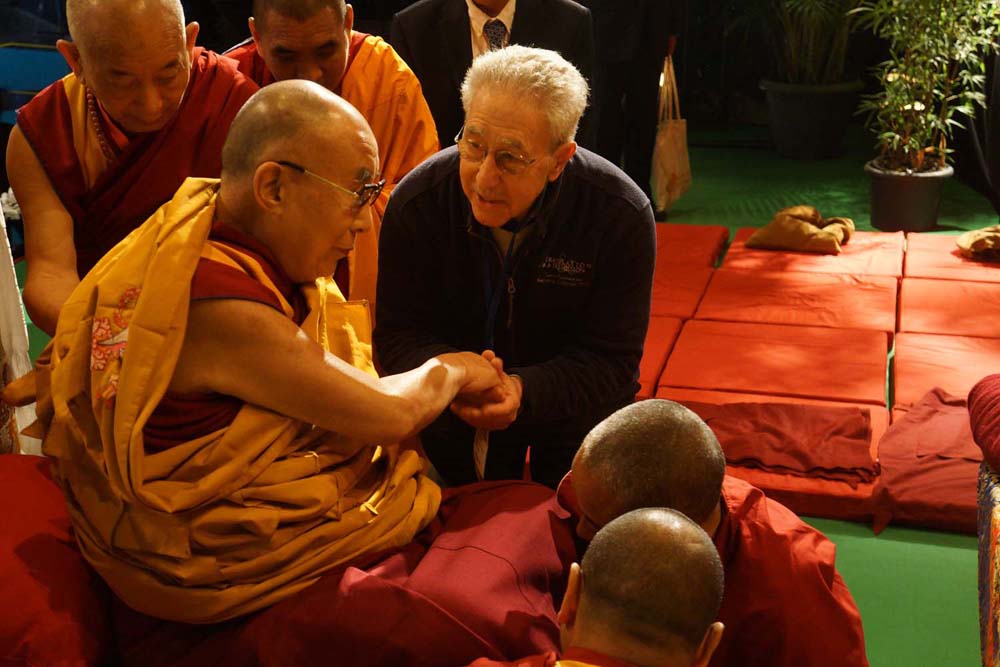
We need to understand how we are perpetuating our own suffering by chasing after our deluded states of mind. From the Buddhist perspective, almost everything we do in life is motivated by this attachment and aversion. The whole point is to figure out how these truths play out in your own mind; how they influence you and lead to unhappy outcomes. As renowned Buddhist scholar Dr. Alexander Berzin points out,
“the enemy is not the patient, but the sickness”[10].
In 1981, His Holiness the Dalai Lama was teaching on the Four Noble Truths in Dharamsala, India. His Holiness said,
“thus, the texts on (Madyamaka) philosophy state that the root of all the disturbing negative minds is grasping at true existence; that this assists them and brings them about; that the closed-minded ignorance that grasps at things as being inherently real, truly real is the basic source of all our suffering[11].”
His Holiness concluded, that
“we must try to determine whether the mind that grasps at things is truly findable or not[7].”
This lack of “findability” brings us to the third noble truth.
Since this mind is deceived by its object it has to be eliminated
The truth of the cessation of suffering
His Holiness the Dalai Lama is always stressing the great good fortune we have to possess human intelligence. We need to apply our intelligence to decipher our own situation and shift our thinking by examining what is actually going on within us. As human beings, we are not helpless in our ability to effectively end our own suffering. But we ourselves must do the work.
As His Holiness advises,
“when you investigate to see whether the mind that grasps at things is inherently findable or not, you find that it is not correct, that it is distorted – you cannot actually find the object at which it grasps. Since this mind is deceived by its object it has to be eliminated[7].”
This sort of insight and ability to help one’s self is cultivated over time. Progress is measured in years, or even in lifetimes.
As my teacher Geshe Sonam Ngodrup once said,
“As long as our afflictions (of anger and attachment) are getting less, there is nothing to worry about.”
In fact, having a long or broad view can help in relaxing the mind, as rushing about with an uptight mind accomplishes virtually nothing. Through time and effort, we can work to eliminate our disturbing conceptions, thereby eliminating our suffering as well. His Holiness says,
“This is liberation, or the cessation of suffering: the third noble truth”[7].
The way out of suffering is achieved by following a path, which brings us to the fourth noble truth.
You are your own master
The truth of the path leading to the cessation of suffering
Apparently we human beings, (even through time), are not so different from one another, and that’s why Buddhist practices and psychology are as relevant today as they were 2,500 years ago.
At the heart of the fourth noble truth is The Noble Eightfold Path. The Dharmachakra’s eight spokes are said to represent the eight noble paths. The idea is not to practice these disciplines separately, but to incorporate them all simultaneously into your mind and daily life.
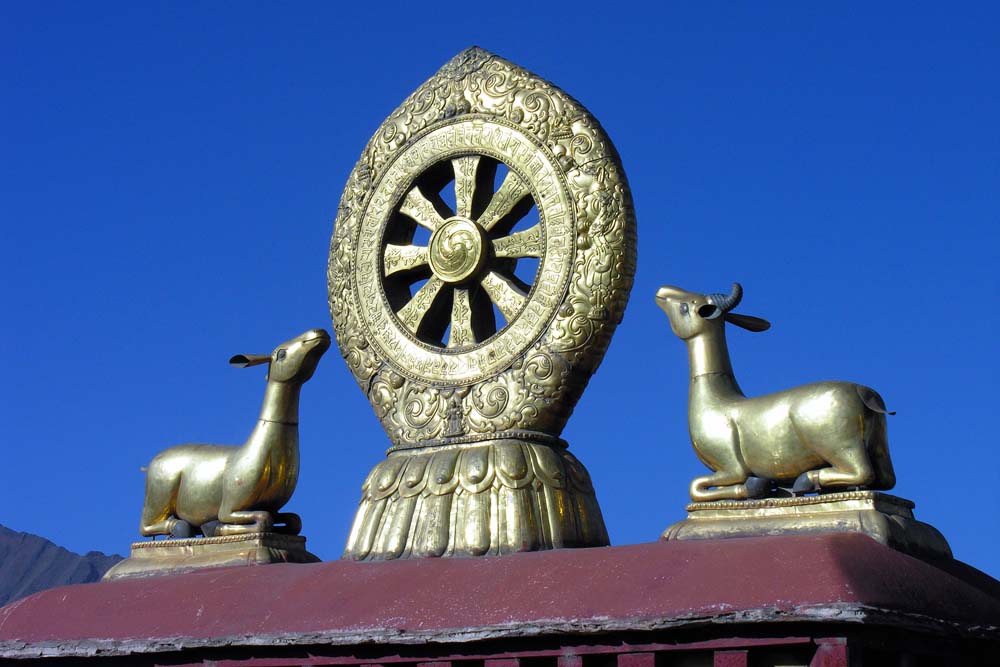
The Noble Eightfold Path consists of: Right Understanding, Right Thought, Right Speech, Right Action, Right Livelihood, Right Effort, Right Mindfulness, and Right Concentration.
Further, there are three themes into which the Path is divided: Good moral conduct (Understanding, Thought, Speech), Meditation and mental development (Action, Livelihood, Effort), and Wisdom or insight (Mindfulness and Concentration)[13].
Through cultivation of these eight paths, one gains increasing insight into one’s own mental processes and eventually one conquers all one’s hindrances, both internal and external. As His Holiness the Dalai Lama is always reminding his audiences,
“You are your own master”.
In Tibet, Chokhor Düchen is day of pilgrimage, when Buddhists visit holy sites and shrines and pay their respects by leaving offerings of incense and hanging prayer flags. Many pilgrims climb Mt. Gyambu (behind Drepung Monastery) as well as hiking the ridge from Pabonka to the Dode Valley[14].
Different Buddhist centers around the world will have different ways of celebrating the day, but most include making offerings and reading Buddhist texts and sutras.
At the center where I volunteer, Maitreya Instituut in Amsterdam, I made offerings of flowers and water bowls and read aloud the Vajra Cutter sutra.
Notes
[1] Source: Painting of the first sermon depicted at Wat Chedi Liem in Thailand
[2] Richardson, Hugh, “The History of Tibet”, vol. 1, London, Shambala Publications, 2003. p. 159
[3] Source: Kashi Vishwanath Temple, ca. 1915
[4] britannica.com/place/Varanasi
[5] chokhor-duchen-buddha-multiplying-day-is-approaching/
[6] Source: Sarnath Lion Capital, Mauryan period, circa 250 BCE
[7] dharma-wheel
[8] Ashoka
[9] Source: berzin-archives
[10] summary-of-four-hundred-verse-treatise-dr-berzin
[11] four noble truths
[12] Source: Jokhang Monastery Lhasa, Tibet – Dharma Wheel, the eight spokes represent the Noble Eightfold Path of Buddhism. They are said to have sharp edges to cut through ignorance. All Buddhists agree that the first turning of the wheel occurred when the Buddha taught the five ascetics at the Deer Park in Sarnath, because of this, a Dharmacakra is often seen with a deer on each side.
[13] buddhism
[14] chokor-duchen-festival

